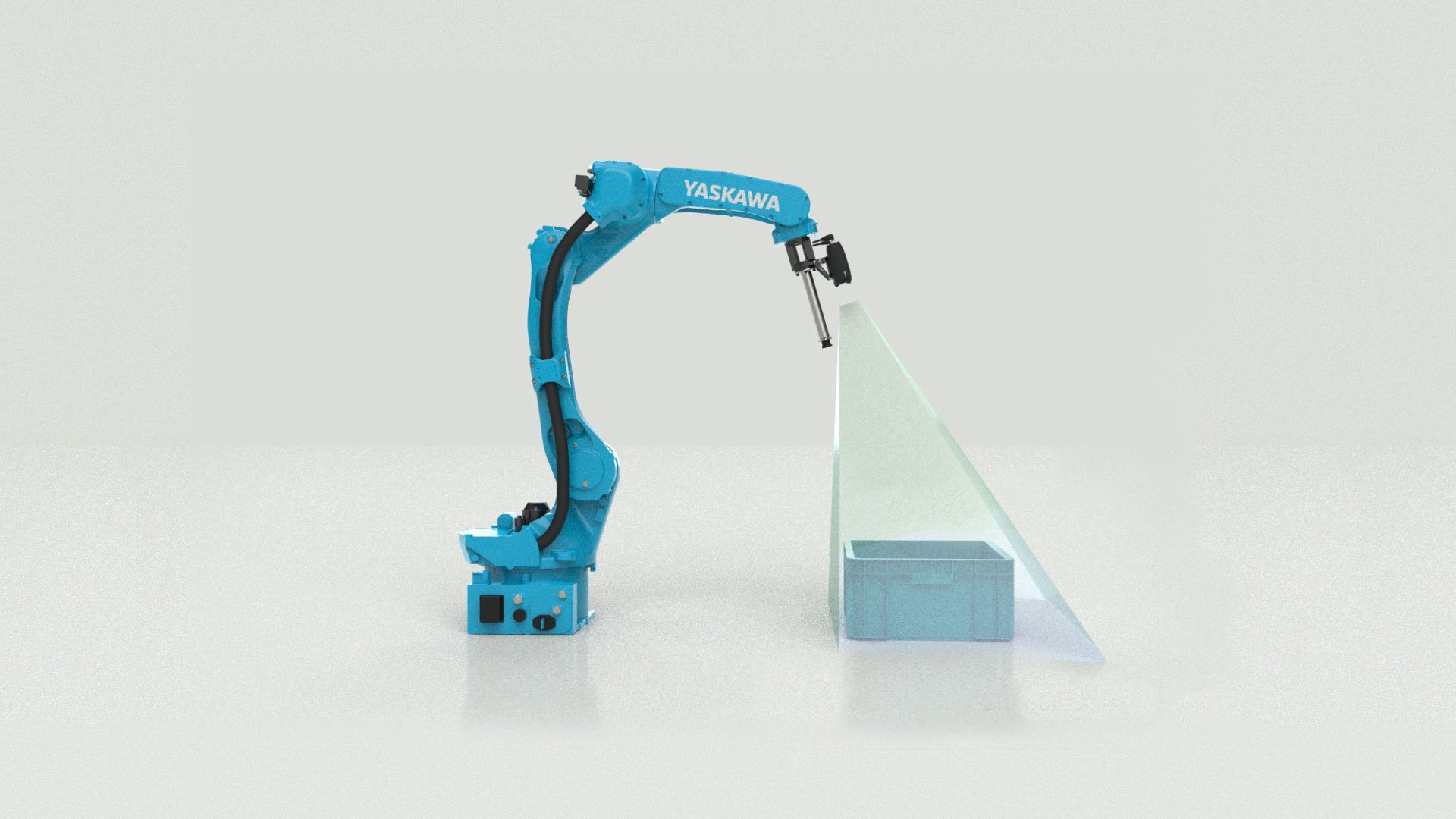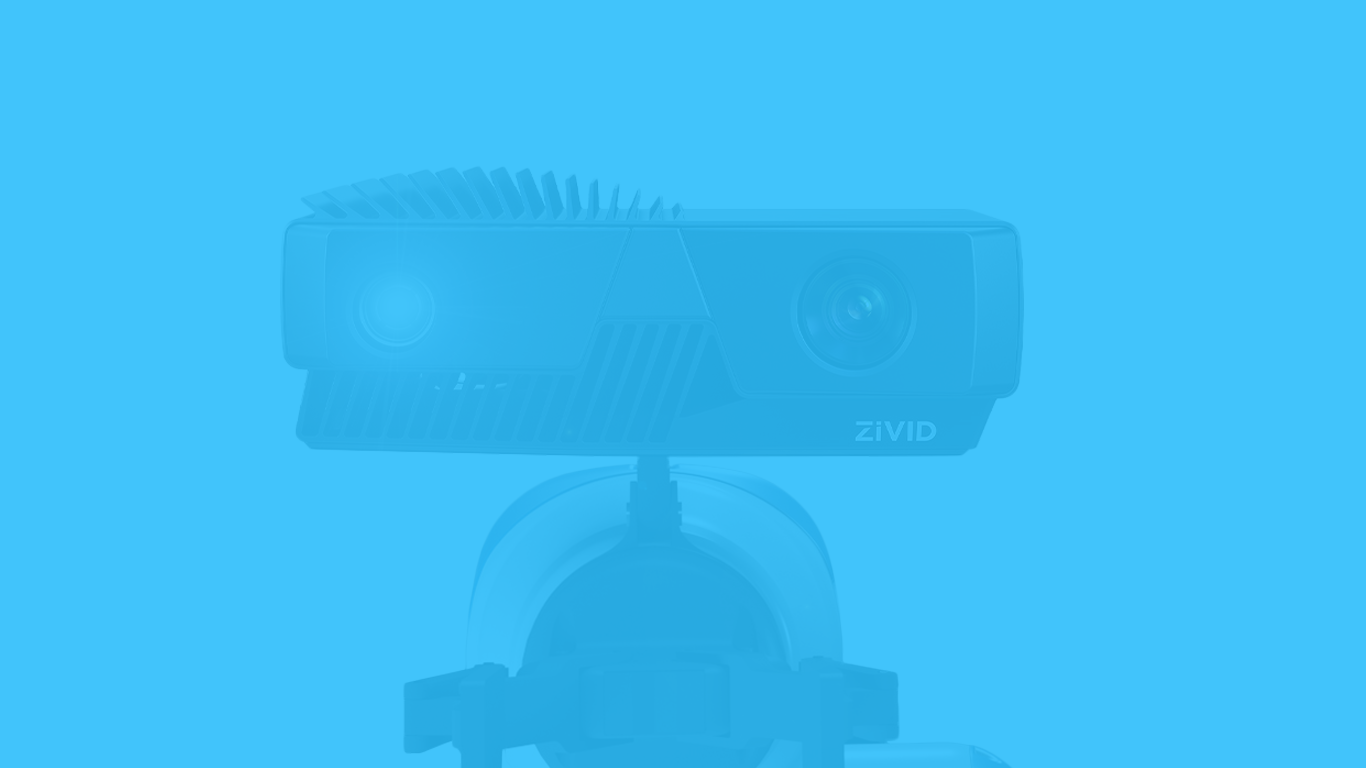Choosing a 3D Camera for Collaborative Robotics Solutions
Collaborative robots (cobots) are pivotal in the evolution towards Industry 5.0, where humans and machines work side-by-side in harmony.
Cobots, combined with machine vision technology, are driving automation to new heights. High-quality industrial 3D cameras are crucial in maximizing the efficiency and effectiveness of cobots in various applications. Both cobots and machine vision are integral parts of the ongoing automation revolution.
Common Misconceptions about Cobots
Let's go through some common concerns about collaborative robots, and the ways 3D vision addresses them.
Cobots are not safe.
Having a robot for a colleague still makes some people uncomfortable, and to be fair, there have been some legitimate concerns. Cobots are specifically designed to operate safely around human workers, but it has been a learning curve.
High-quality sensors and other innovations, such as 3D vision, have brought us to the point where robots and humans can coexist and cooperate (source). They are now equipped with advanced sensors and safety mechanisms to ensure minimal risk.
3D vision additionally addresses safety by providing the cobot with real-time information about its surroundings. A cobot using a 3D camera is able to handle more chaotic and changing environments.
Cobots are a lower-cost shortcut towards full automation.
Many believe that cobots are just a cost-effective alternative to full automation, but this underestimates their true potential. While cobots can indeed be more affordable than traditional industrial robots, their value extends far beyond cost savings. Cobots are designed for ease of programming, which reduces the time and resources required for integration, thereby lowering the overall investment in automation.
Equipped with advanced safety features, cobots do not require extensive safety equipment like fences, further reducing costs and integration time. This makes cobots more accessible to a wider range of businesses. (source)
However, their true strength lies in their ability to enhance flexibility, adaptability, and productivity within manufacturing processes. Adaptability is further enhanced using 3D vision. When properly implemented, cobots can transform production lines, improve quality control, and minimize downtime, making them a strategic and powerful investment in the future of manufacturing.
Cobots don’t need 3D cameras because humans are handling them.
While it is true that people and cobots can work productively without machine vision, this productivity can be enhanced significantly with machine vision. High-quality machine vision can often remove the need for operator assistance to complete tasks. Without 3D vision in the cobot cell, you need a much more rigid structure for the robot's movement. And, as mentioned above, 3D vision makes the cobot a much safer and easily adaptable colleague.
3 Machine Vision Considerations for Successful Cobot Cell
Flexibility
Flexibility in machine vision is threefold and ensures long-term efficiency and affordability. It also allows for a wider range of solutions - using the right 3D camera sometimes means using fewer 3D cameras in one cell.
First, a 3D camera should produce high-quality point clouds across a range of distances (FOV). Look for a camera with a wider FOV that allows you to approach the scene closer.
Second, the camera system should be adaptable to various hardware and software environments, accommodating the specific technical preferences and requirements of the developers.
Third, the 3D camera needs to be small and light to be easily mounted on the collaborative robot without disrupting its operation. Zivid cameras are made with this in mind. Our products are palm-sized and weigh around a kilo, which makes them ideal for cobots which have a smaller payload than industrial robots.
Industrial Robustness
Cobots often operate in challenging industrial environments such as vibrations, light and temperature fluctuations, and the presence of dust and debris. A robust 3D camera must maintain a high degree of calibration to ensure high accuracy and performance even under these harsh conditions to ensure reliable and consistent operation. When looking for your 3D solution, make sure the camera is tested in real-world conditions and not just in the lab.
Point Cloud Quality
High-quality point clouds are essential for cobots to maneuver and grasp objects accurately. The quality is determined by accuracy – both dimensional trueness and precision must be high. Developers must select the right 3D camera to optimize point cloud results, taking into account the characteristics of the target objects and background.
Having an on-arm mounted 3D camera means you can pick the best position to image your workpieces, but having a highly accurate 3D camera makes it possible to actually pick them. This is why point cloud quality and flexibility go hand in hand.
An example of low vs. high precision point clouds, where trueness stays unaffected.
Zivid Cameras on Real-Life Cobots
Zivid cameras are designed and developed with flexibility in mind. The Zivid 2+ M60, with its wide field of view and exceptional accuracy, is highly recommended for enabling cobots to perform with precision and efficiency. M60 has a dimension trueness error smaller than 0.2% and a 570x460 mm2 FOV at a focal distance of 600 mm, making it ideal for close-up captures.
A prime example of effective machine vision implementation to a cobot cell is the RAMLAB case study. RAMLAB had the challenge of finding a 3D camera that does not lose accuracy in high vibrating conditions, such as robotic welding systems. They chose Zivid cameras for their MaxQ Robot and MaxQ Cobot systems due to our exceptional point cloud quality and accuracy, even in the most demanding industrial conditions.
Collaborative Robots and Machine Vision are the Future of Automation
Investing in a high-quality 3D camera is crucial to staying competitive in the expanding cobot market. Embrace the future of automation by equipping your cobots with the best machine vision technology available.
By integrating advanced 3D cameras with cobots, you can significantly enhance your automation processes, ensuring that your operations are both efficient and competitive in the rapidly evolving industry landscape.
You May Also Like
These Related Stories

The best way to mount your 3D machine vision sensor
%20(Blog%20Banner)%20(4).png)
5 Key Machine Vision Features in Robotic Assembly



